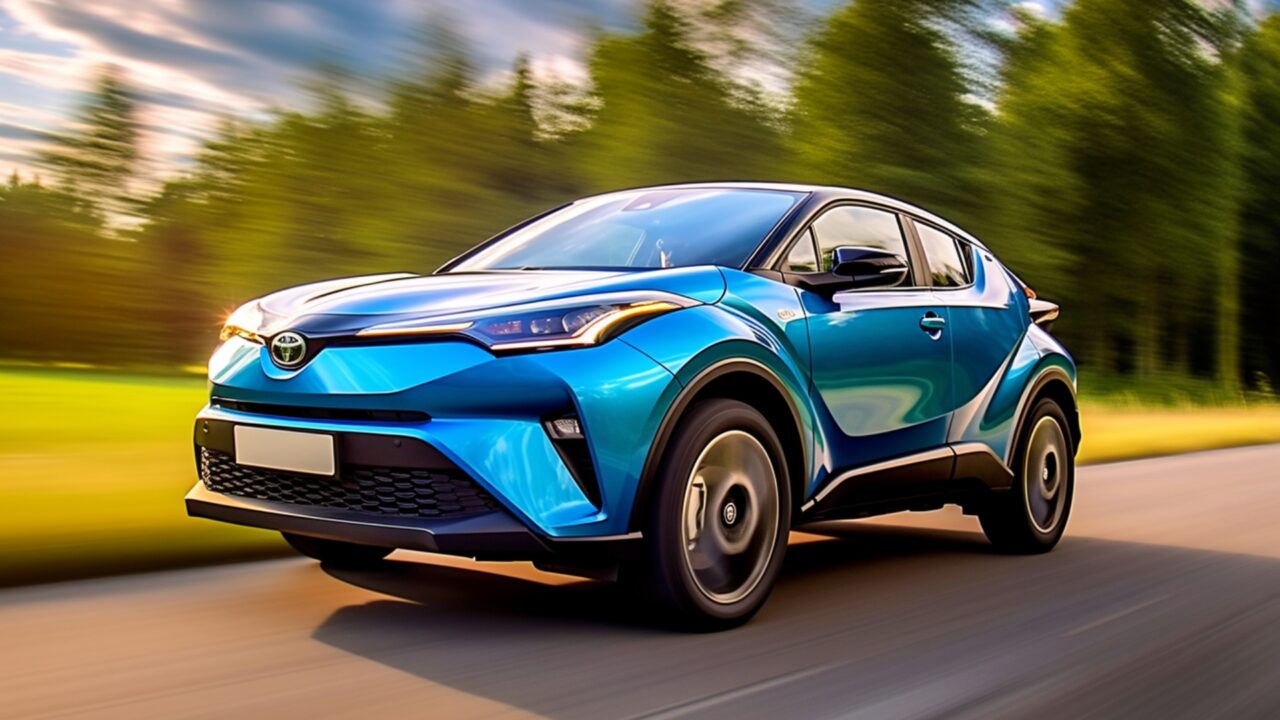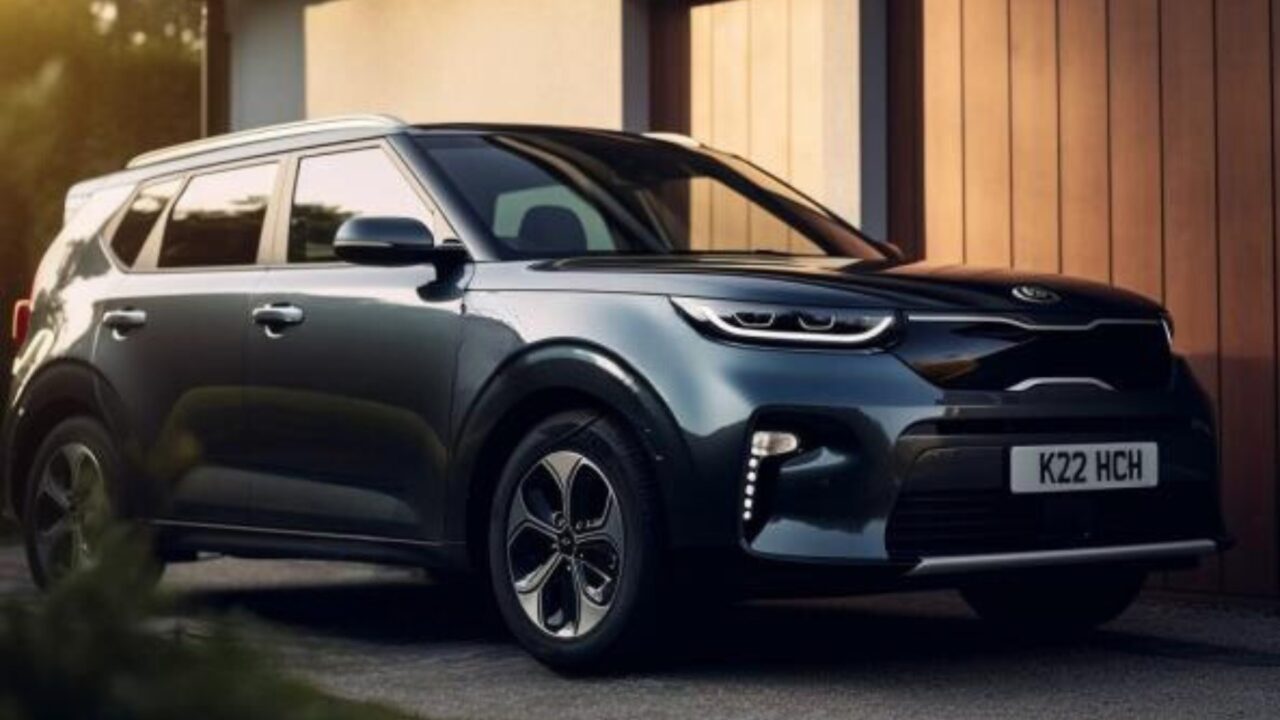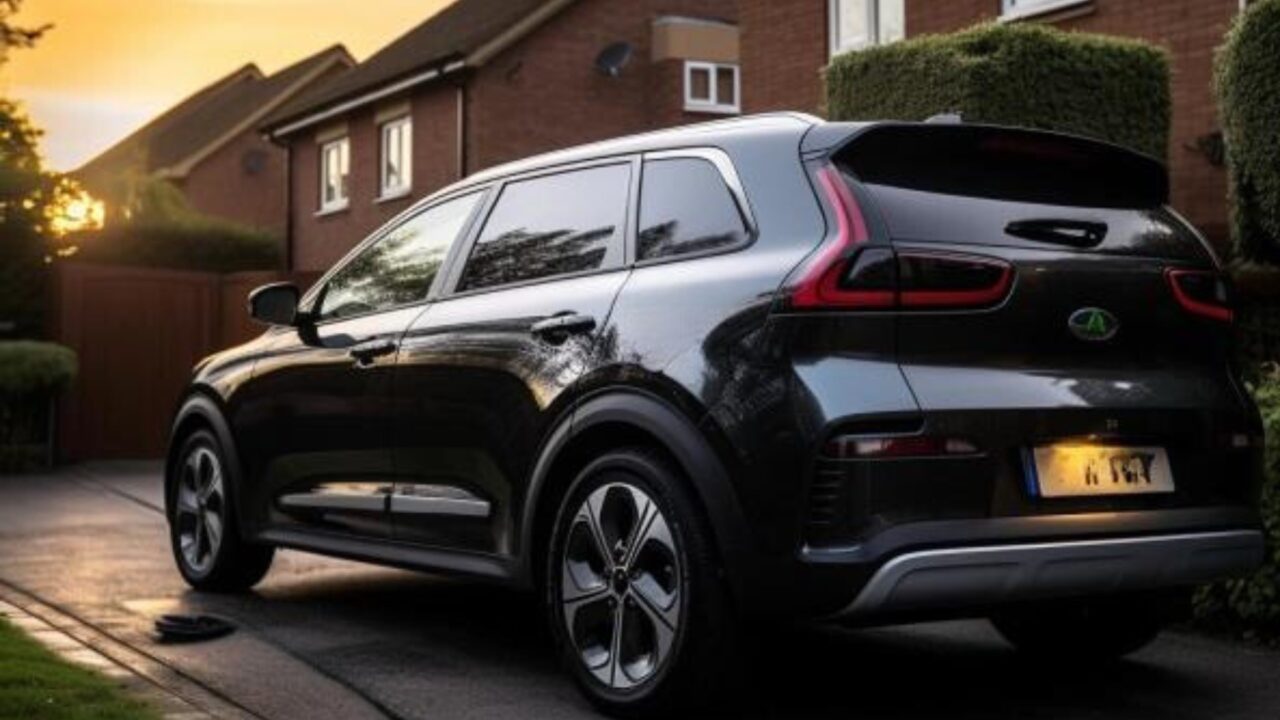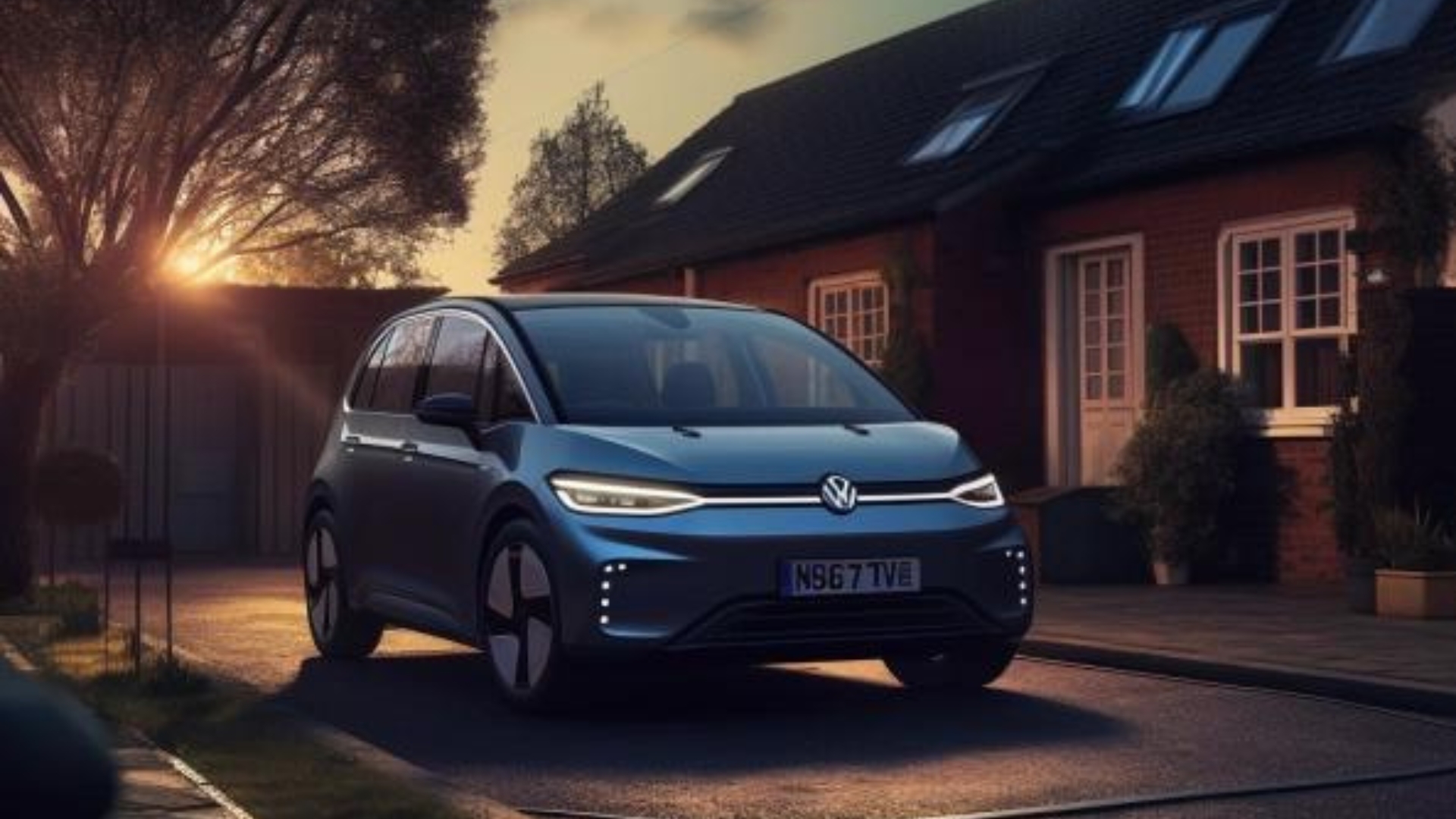Unlock your EV’s full potential! Dive into our comprehensive guide on how to maximise your electric vehicle’s charge for each major model. Drive further, smarter and without range anxiety.
Charging your electric vehicle (EV) to 100% can be a satisfying experience, providing maximum range for your trips. While most experts caution against regularly charging to full to protect battery health, there are times when it’s appropriate or even recommended. Here’s a deeper look into maximising your charge.
The Great Battery Debate
Many EV drivers have heard that it’s not ideal to consistently charge their vehicles to 100% due to concerns over battery degradation. Indeed, like any battery, the lithium-ion cells in EVs have a lifespan, and each charging cycle (from empty to full) slightly diminishes the battery’s overall capacity. However, there’s a balance to strike. Occasionally charging your EV to full capacity can also have benefits.
Breaking Down the Models
On most models, you can tweak the max state of charge to 80%, 90% or even 100% if you’re feeling frolicsome. Check your owner’s manual on how to unleash your EV’s complete battery capacity. It may be in charging settings, a max charge toggle or long-pressing the charge icon.

Tesla
By default, Tesla limits charging to around 80-90% for daily use. However, for Model 3 RWD base models with lithium iron phosphate (LFP) battery cells, Tesla recommends charging to 100% regularly.
To adjust, tap Controls > Charging > Set Limit on the vehicle touchscreen or use the Tesla app. It’s a user-friendly interface that lets you easily drag the slider to your desired charge limit.
To reduce congestion at high-use Superchargers, your vehicle’s charge limit may be automatically adjusted to 80%. You can manually increase the charge limit after plugging in by using the vehicle touchscreen or Tesla app. Charging speeds slow as the battery charges, so reaching 100% charge will typically take significantly longer than reaching 80%. Daily Charging Practices for LFP advise you to maintain a charge limit of 100% for daily use and make sure to fully charge the battery to 100% at least weekly.
To ascertain if your Model 3 possesses an LFP battery, consult either the in-car charging screen or the mobile app. Tesla has a video guide on their official website that explains how to manage charging settings for the Model 3 and Model Y. You can find detailed instructions by visiting the Tesla link. This video provides you with the visual step-by-step instructions you need to adjust the charge limit on your Tesla Model Y to 100% for occasions when you need a full charge.

Nissan
The Leaf doesn’t allow you to set a specific charge time limit. However, if you want to force it to charge to 100%, you can use an app.
First, calculate the State of Health (SOH) using an OBD dongle and the “Leaf Spy Lite” app. Once this is determined, follow the steps in the Juice Box app to calibrate and achieve a 100% charge. Open the Juice Box app on your device. Navigate to “My Vehicles”, locate and tap the “Edit” option in the top right corner and enter specific battery capacity details. After calibration, decide on the desired charge percentage. It’s crucial to be aware of the current state of charge (SOC) of your battery.
Initiate the charging process by opening the app and moving to the charging screen. Engage with the interface until “Plugged in with” becomes visible by tapping and holding. To sync with the current SOC, adjust the on-screen dial. For a full charge, tap, hold, and then adjust the dial to the 100% mark.
To adjust the charging settings on a Nissan Leaf to charge to 100%, you can set a charge timer through the vehicle’s touchscreen or start a charge remotely using the NissanConnect EV & Services app. Start. For more details, you can visit the Nissan Leaf Charging Guide.
Vauxhall
This is easier to do using the app. Using the MyVauxhall E-Remote Control feature through your smartphone, allows you to monitor and manage your EV’s range and charging status in real-time, from wherever you are.
You can even control the charging process when plugged in at a distance and get notified when your battery is fully charged or if there’s an interruption. Plus, you can pre-condition your car’s temperature.
MG
The MG iSMART system includes the MG4 EV, MG ZS EV, and MG5 EV Long Range. Once you’ve downloaded the app, you can easily manage your car’s key functions. This includes locating your parked car, checking its status, and finding nearby charging stations.
For charging, MG iSMART simplifies the process. You can schedule your EV’s battery charging to ensure it reaches 100% at your convenience. Plus, the system allows you to pre-set your car’s climate, making it ready for your journey.
For more detailed guidance, check out the range of instructional videos available within the MG iSMART app.
BMW
To charge your electric BMW to 100%, use the MyBMW App for ultimate convenience. Through the app, you can adjust the charging target beyond the recommended 80% when an extra range is necessary.

The BMW iDrive operating menu in your vehicle also allows you to set this charging target, helping you maintain your battery’s health while catering to your range needs.
Audi
Audi’s MMI system lets you access charging settings where you can set your desired charge limit. Here, you can adjust the slider to 100% charge. This can also be done on the Audi charging station.
Hyundai
For Hyundai electric vehicle owners, charging to 100% is a breeze with the Bluelink app’s special features. You have total control over your charging experience, including setting your preferred charging limits for both fast and overall charging.
This flexibility lets you decide how much to charge your Hyundai, perfect for those times when you need a full battery. Use Bluelink to not only prepare your car’s temperature remotely but also manage every aspect of your EV’s charging process
You can also charge fully by accessing the ‘EV Menu’ from your infotainment screen. Go to ‘Charging Settings’, where you can adjust the charging limit. Slide it to the right to set it at 100%.
Kia
Kia’s infotainment system provides a ‘Battery and Charging’ setting. Here, you can find the ‘Charging Limit’ option. Adjust this setting to 100% if you wish to fully charge your vehicle.
For daily use, a charge level of up to 90% is recommended to minimise degradation and preserve the longevity of the battery. However, occasionally charging the battery to 100% to maximise the car’s range for longer trips should not cause significant degradation.
Polestar
To set your Polestar electric vehicle to charge to 100%, you’ll need to change the settings in the infotainment system.
Begin by accessing the charging or battery settings within this system, found under a clearly labelled menu. Once there, adjust the charge limit by using the touchscreen slider, moving it to the maximum setting of 100%. This setting is designed to be user-friendly, often snapping to common limits for convenience.
system offers an ‘EV’ tab. Within this, you’ll find ‘Charging’, and then ‘Limit’. By default, it might be set to around 90%. Adjust this to 100% for a full battery charge.
Volkswagen
Volkswagen’s ID models come with a touch screen that allows for charging adjustments. This will normally go to the relevant page when the charger is plugged in, or go to ‘Vehicle’, then ‘Charging’. Here, you can set the charge limit to 100% for a full charge.
General Tips Across Models
Always Update your vehicle’s software and manufacturers frequently release software updates that can impact charging. Ensure your vehicle’s software is always up-to-date.

Monitor Battery Health, especially If you frequently charge your car to 100% and most EVs offer diagnostic tools to check this. Always refer to your specific vehicle’s user manual for charging advice, as guidelines might vary based on battery type and model revisions.
Embracing Full Charges
Beyond these model-specific settings, there are general benefits to occasionally indulging in a 100% charge. Charging to full can help calibrate the battery management system, ensuring that the on-screen percentage and actual battery level are synchronised.
In a battery pack, there are numerous individual cells. Charging to 100% can help ensure that all these cells are balanced in terms of charge, promoting longer battery life. If you’re about to embark on a long journey, charging to full ensures you have a maximum range available.

Charging Etiquettes and Best Practices
While modern EVs have mechanisms to prevent overcharging, it’s good practice not to leave your car plugged in for long periods after it reaches 100%.
If you’re using a high-demand supercharger, note that your charge limit might be set to 80% to reduce congestion. However, you can manually adjust this. Remember, as the battery fills up, charging speed decreases. The last 20% can take significantly longer than the first 80%.
